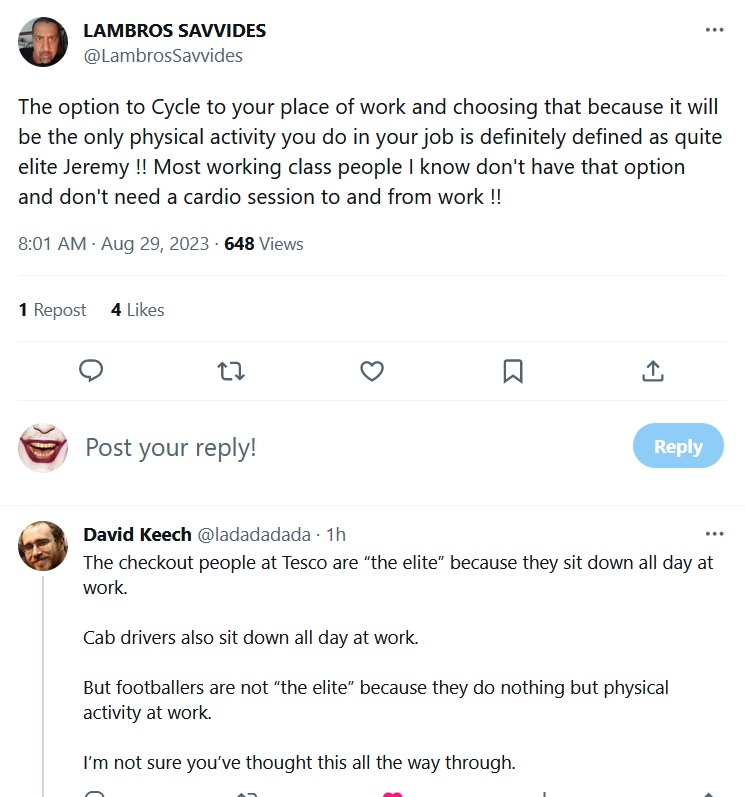this post was submitted on 29 Aug 2023
120 points (100.0% liked)
traingang
22598 readers
74 users here now
Post as many train pictures as possible.
All about urbanism and transportation, including freight transportation.
Home of train gang
:arm-L::train-shining::arm-R:
Talk about supply chain issues here!
List of cool books and videos about urbanism, transit, and other cool things
Titles must be informative. Please do not title your post "lmao" or use the tired "_____ challenge" format.
Archive links for reactionary sites, including the BBC.
LANDLORDS COWER IN FEAR OF MAOTRAIN
"that train pic is too powerful lmao" - u/Cadende
founded 4 years ago
MODERATORS
you are viewing a single comment's thread
view the rest of the comments
view the rest of the comments

this is such a common misconception that there's a term for the lower class cyclists: "invisible cyclists"
they are so easily ignored by most folks, they are non-existent in the perception of a lot of folks, but they exist if you actually look for them
old article about this: https://www.bicycling.com/news/a20049826/how-low-income-cyclists-go-unnoticed/
this quote lays it out pretty clearly:
from a discussion here: https://bikeleague.org/rethinking-term-invisible-cyclist/
It’s similar to how most vegans are non white and lower income but the media portrays them as some Manhattan socialite eating soy caviar at a Michelin star restaurant
Totally.
The first people I met that were vegan, trans, queer and used pronouns and also were internationalist intersectionalist (yes all of that at the same time) were punks in squats, who were poor, not seldomly drop outs (from school or in general) and most did not have rich or even economical okay parents. That was in the 90s-early 2000s.
But it is too hard for our Dr. Engineering to use words like they, fuck off.
Thanks I hate the term now.
Ya, this exchange from the 2nd link really gets into some of the depths of the issue:
– Juana in Minneapolis
I'd prefer a better term to describe this phenomenon as well.